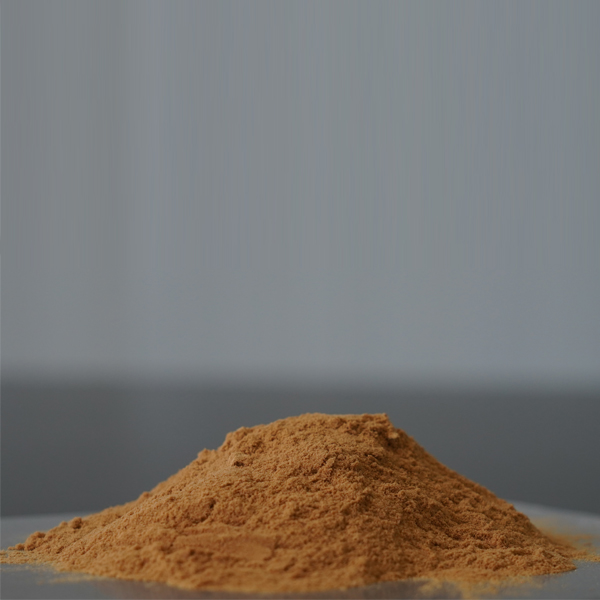
News
ian. . 02, 2025 11:19 Back to list
polymer of an amino acid
The Polymer of an Amino Acid Understanding Proteins and Their Structure
Amino acids are often referred to as the building blocks of life, and their unique polymerization processes lead to the formation of proteins, which are crucial for various biological functions. Understanding the polymer of an amino acid is fundamental to comprehending how proteins are synthesized and how they function within living organisms.
Amino acids are organic compounds that contain a basic amino group (-NH2), an acidic carboxyl group (-COOH), and a distinctive side chain or R-group that varies between different amino acids. There are 20 standard amino acids that are coded by DNA, and these play significant roles in the structure and function of proteins. When amino acids link together through peptide bonds, they form a polypeptide chain – a process known as polymerization.
The process of polymerization begins when the amino group of one amino acid reacts with the carboxyl group of another, releasing a molecule of water in a condensation reaction. This peptide bond formation results in a dipeptide, and as additional amino acids continue to add to the growing chain, a polypeptide is formed. This polypeptide can further fold and associate with other polypeptides to create functional proteins.
The sequence and composition of amino acids in a polypeptide determine the protein's primary structure. This sequence is dictated by the genetic code, which is transcribed from DNA to messenger RNA (mRNA) and translated into the specific sequence of amino acids. The unique properties of each amino acid, including size, charge, and hydrophilicity or hydrophobicity, influence how the chain folds into higher-order structures.
polymer of an amino acid

Proteins typically have four levels of structure primary, secondary, tertiary, and quaternary. The primary structure is the linear sequence of amino acids, while the secondary structure refers to local folding patterns such as alpha-helices and beta-sheets. These patterns arise from hydrogen bonds between the backbone amides and carbonyls of the amino acids. The tertiary structure emerges as the entire polypeptide folds into a three-dimensional shape, stabilized by various interactions, including ionic bonds, hydrogen bonds, Van der Waals forces, and disulfide bridges. Finally, some proteins consist of multiple polypeptide chains, and their assembly into a complex is referred to as the quaternary structure.
The specific three-dimensional structure of a protein is crucial for its function. Proteins serve diverse roles in biological systems, including structural support (as in collagen), enzymatic activity (as in enzymes), transport (as in hemoglobin), and immune response (as in antibodies). Any alteration in the sequence of amino acids can lead to misfolding, potentially resulting in loss of function or diseases, including cancer and neurodegenerative disorders.
In recent years, research into the polymerization of amino acids and protein synthesis has garnered significant attention, particularly in fields such as biotechnology and synthetic biology. Advances in understanding protein folding and the development of artificial proteins have opened new avenues for medical therapies, such as targeted drug delivery and the design of biomaterials.
In conclusion, the polymer of an amino acid is not just a simple chain of molecules; it is a complex system that forms the foundation of life itself. By studying amino acids, their interactions, and the resulting proteins, scientists can gain insights into biological processes and develop innovative solutions to address health and disease challenges. Understanding this fundamental aspect of biochemistry emphasizes the intricate relationship between structure and function, revealing the elegance of life at the molecular level.
-
Polyaspartic Acid Salts in Agricultural Fertilizers: A Sustainable Solution
NewsJul.21,2025
-
OEM Chelating Agent Preservative Supplier & Manufacturer High-Quality Customized Solutions
NewsJul.08,2025
-
OEM Potassium Chelating Agent Manufacturer - Custom Potassium Oxalate & Citrate Solutions
NewsJul.08,2025
-
OEM Pentasodium DTPA Chelating Agent Supplier & Manufacturer High Purity & Cost-Effective Solutions
NewsJul.08,2025
-
High-Efficiency Chelated Trace Elements Fertilizer Bulk Supplier & Manufacturer Quotes
NewsJul.07,2025
-
High Quality K Formation for a Chelating Agent – Reliable Manufacturer & Supplier
NewsJul.07,2025
